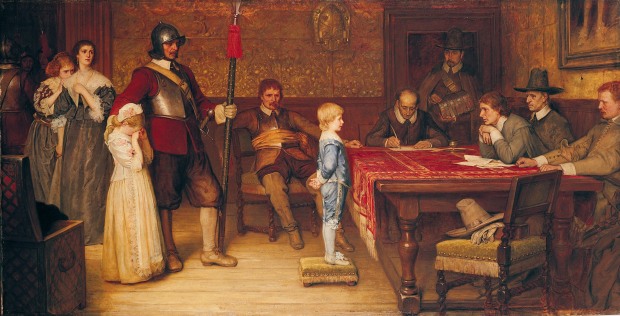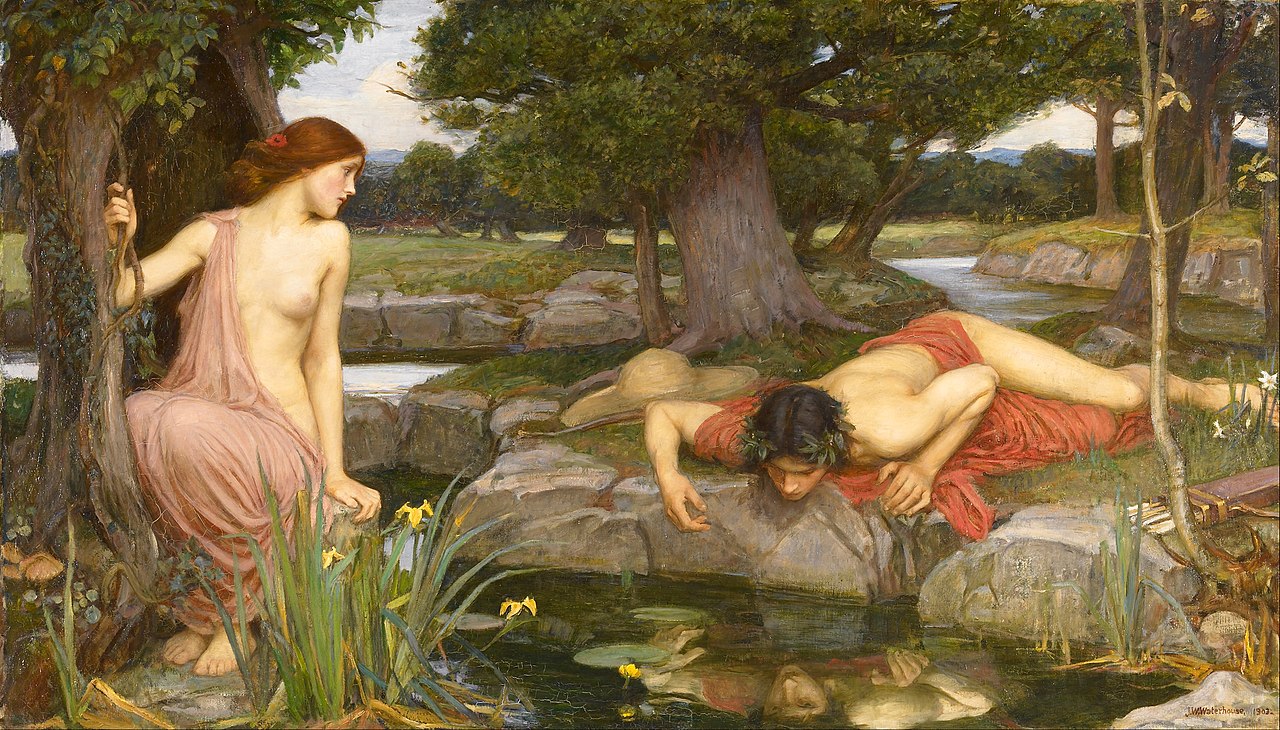
Jan Abrahamsz Beerstraten was the eldest and most successful of an artistic family. He specialised in wintry views of Dutch townscapes and lived in Amsterdam where he produced his earliest dated scenes in the 1650s.

Jan Abrahamsz Beerstraten was the eldest and most successful of an artistic family. He specialised in wintry views of Dutch townscapes and lived in Amsterdam where he produced his earliest dated scenes in the 1650s.

In the myths of Ancient Greece Helen of Troy was considered the most beautiful woman in the world. She has since has been a source of inspiration for artists who frequently represent her as the personification of ideal beauty.
 On the third Sunday of June each year we celebrate Father’s Day and the important role which fathers play in our society.
On the third Sunday of June each year we celebrate Father’s Day and the important role which fathers play in our society.

Christmas is the one time of year when busy families make the time to come together, to share stories, food and gifts and to reconnect as a loving unit. This is quality time is which is all the more important when there have been new arrivals to the family. During an often frantic period, this painting from the early sixteenth century can still offer a few moments of calmness and reflection. It reminds us of the importance in spending time with one’s children and in making time to visit one’s extended family and friends. But it also prompts us to remember the religious significance of Christmas and how we should strive to be generous of our time and resources to others.

Along with others such as Claude Monet and Auguste Renoir, Degas is regarded as one of the founding fathers of the Impressionism movement. Impressionism is credited with laying the foundations for much modern art as it transgressed many longstanding traditions in painting.
This exhibition was first mooted by curator Christopher Newall nearly a decade ago. It seems incredible that it has taken this long for the Walker to celebrate the City of Liverpool’s longstanding association with one of the most significant British art movements. Particularly given the enduring popularity of the Pre-Raphaelite Brotherhood and the wealth of its treasures held by the galleries of Merseyside.
Liverpool has always had a mischievous, rebellious side, one which has both attracted and nurtured creatives and the leftfield. Thus it was only natural that a small group of rebellious, hot-headed young men found a ready audience for their work in this city. (more…)
Monet was the founder of French Impressionist painting and his style defined the movement. Impressionism was a term coined by a journalist using the title from one of Monet’s first works and was intended to be disparaging and dismissive. The combination of broad brush strokes and everyday subject matter contrasted heavily with the more formal painting styles of the early nineteenth century, and led critics to call this work a mere impression rather than a finished work.
Monet sought to capture the changing effects of light on landscapes and would frequently capture the same scenes at different times of the day or even different times of the year. As an aid to authenticity, he pioneered the painting of subjects en plein air, or outside; a task made much easier by the development of ready mixed oil paints. Known mainly for his paintings of the lily pond and Chinese bridge in the extensive gardens of his house at Giverny in Northern France, Monet was equally intrigued by all landscapes whether natural or man-made.
Visitors to the impressive Victorian Gallery at the Walker Gallery in Liverpool are often struck by this imposing canvas and the tragic tale of unrequited love it so romantically illustrates. Echo and Narcissus is an episode from the epic Roman poem Metamorphoses written by Ovid around 2000 years ago.

Narcissus, as the son of a god and a nymph, was a young man possessed of both grace and beauty. As a child his parents were told that he would have a long life if he did not look at himself. Throughout his youth he rejected all the nymphs and women who fell in love with him. One of these was the nymph Echo. A tragic figure once punished by a goddess for her constant chatter, Echo was confined to repeating the words of others. Hopelessly obsessed with Narcissus she tried to win his love using fragments of his own speech but he spurned her attentions. Echo was so upset by her rejection that she withdrew from life and wasted away until all that was left was a whisper. Her prayers were heard by the goddess Nemesis who cursed Narcissus to fall in love with his own reflection. Obsessed by his own image, he continued to look at his reflection, forgoing all food and water until his death. A narcissus flower grew on the riverside marking the spot where he died.
In 1877 the successful businessman and philanthropist Sir Andrew Barclay Walker spent what would be in today’s money millions of pounds establishing an Art Gallery in Liverpool.
Today art lovers continue to be attracted to the remarkable collection held in the Walker Gallery, much of which has been donated by generous benefactors following in the tradition of its founder. This painting is one such example. Frederic Leighton was one of the best known and most respected artists working in the late-Victorian period, but his work was not represented in the gallery’s collection. A local man and successful chemist named Andrew Kurtz commissioned Elijah in the Wilderness directly from Frederic Leighton after a visit to his studio in Holland Park, especially to commemorate the opening of the Walker Gallery. (more…)
This beautifully crafted and imposing painting is a must see for any visitor to Liverpool. At first glance, it appears to be a classical portrayal of a romantic encounter, but it reveals the truth about the artist’s twin obsessions.
Gabriel Charles Rossetti, as he was known as a young man, was afounder member of the pre-Raphaelite Brotherhood, a group of hot-headed young artists intent on shaking up the staid Victorian art world. They took inspiration from early Italian art, poetry and medieval imagery and focused on romantic rather than classical themes.